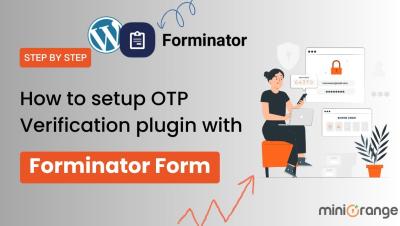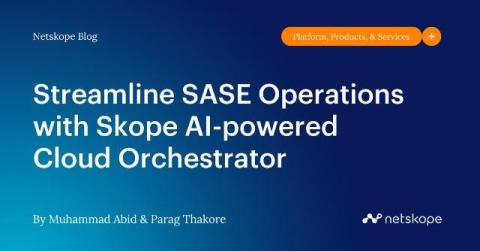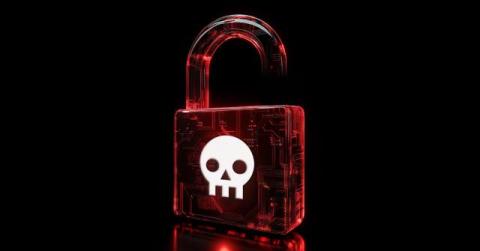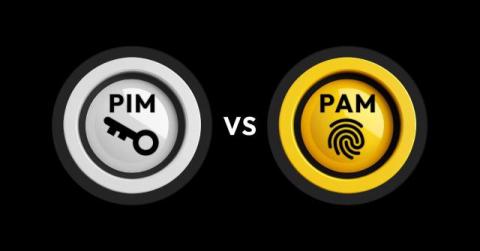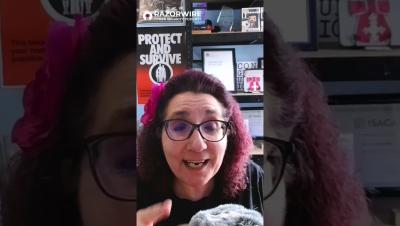Cybersecurity Awareness Is Not Just for Spooky Season
Fall brings certain things annually: leaves falling, pumpkin spice, and cybersecurity awareness. Looking back at the past nine months, cybersecurity awareness is more important now than at any other time in history.




